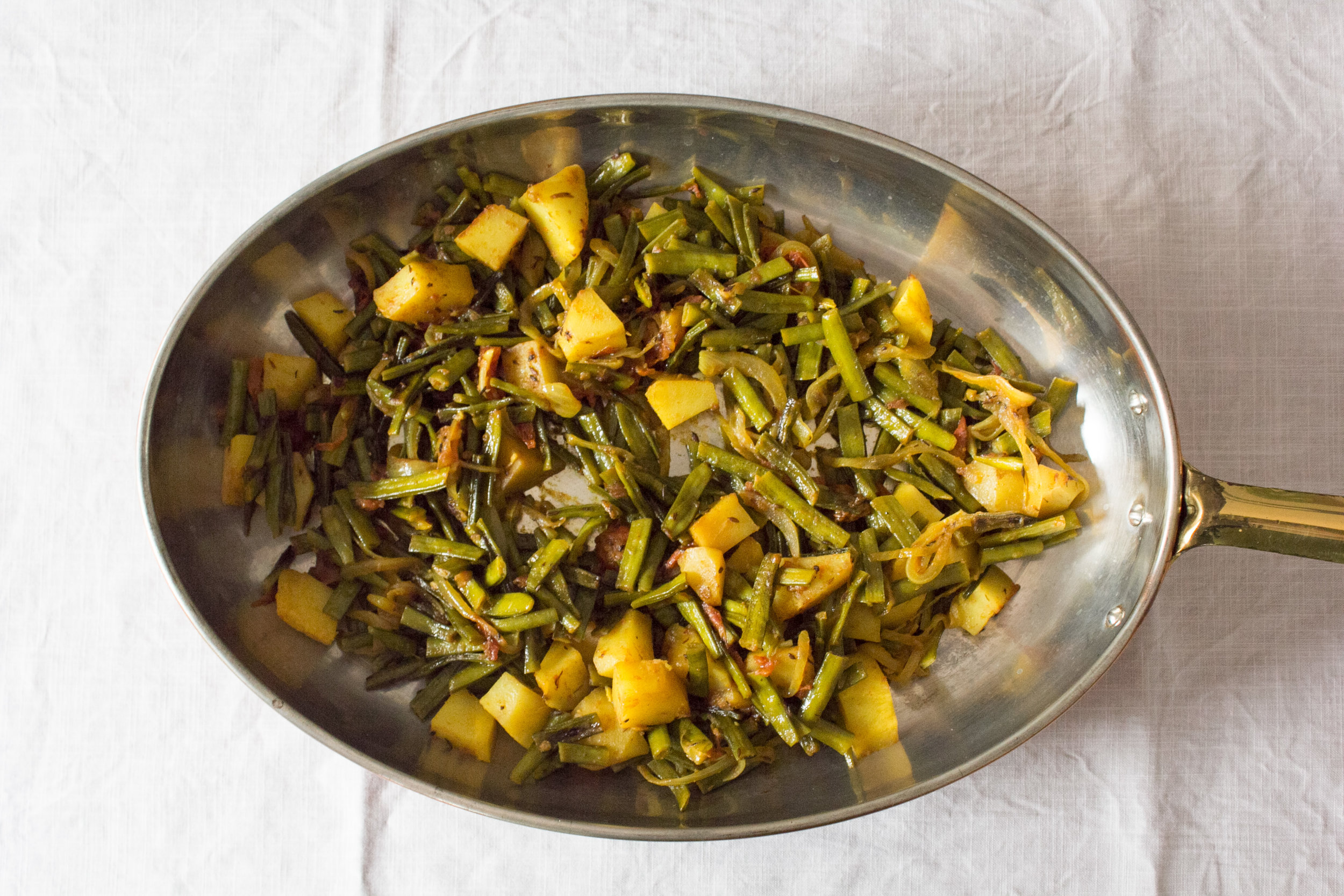 Jump to Recipe
Jump to Recipe
I first tried gawar, also spelled "guar" and "guvar" (cluster beans) last August when Erum was preparing her mother's bagara baingan for the blog. Erum, whose family had immigrated from Mumbai to Karachi, had grown up eating gawar sabzi, and showed me how to prepare it the way her nani (maternal grandmother) did. It was delicious.
Gawar is a type of French bean that has a faint bitter taste. It is difficult to find fresh gawar outside of India and Pakistan, which are responsible for 80 percent of its cultivation in the world. In India, gawar is primarily cultivated in Rajasthan and Gujrat. While in Pakistan, it is mostly grown in Punjab, Erum had trouble even finding it in Islamabad.
I however, was lucky enough to locate it in El Paso's lone Indian grocery store (frozen, let's not get excited), and thought it was time to break out the gawar sabzi recipe that Erum had shown me exactly a year ago. It did not disappoint, and took me 30 minutes flat.
You can serve gawar sabzi with roti, orrice alongside some daal. If you cannot find gawar/cluster beans, you can adapt this recipe and use regular green beans - just note that the taste will be milder and what makes this dish special is the unique taste of gawar itself. Enjoy x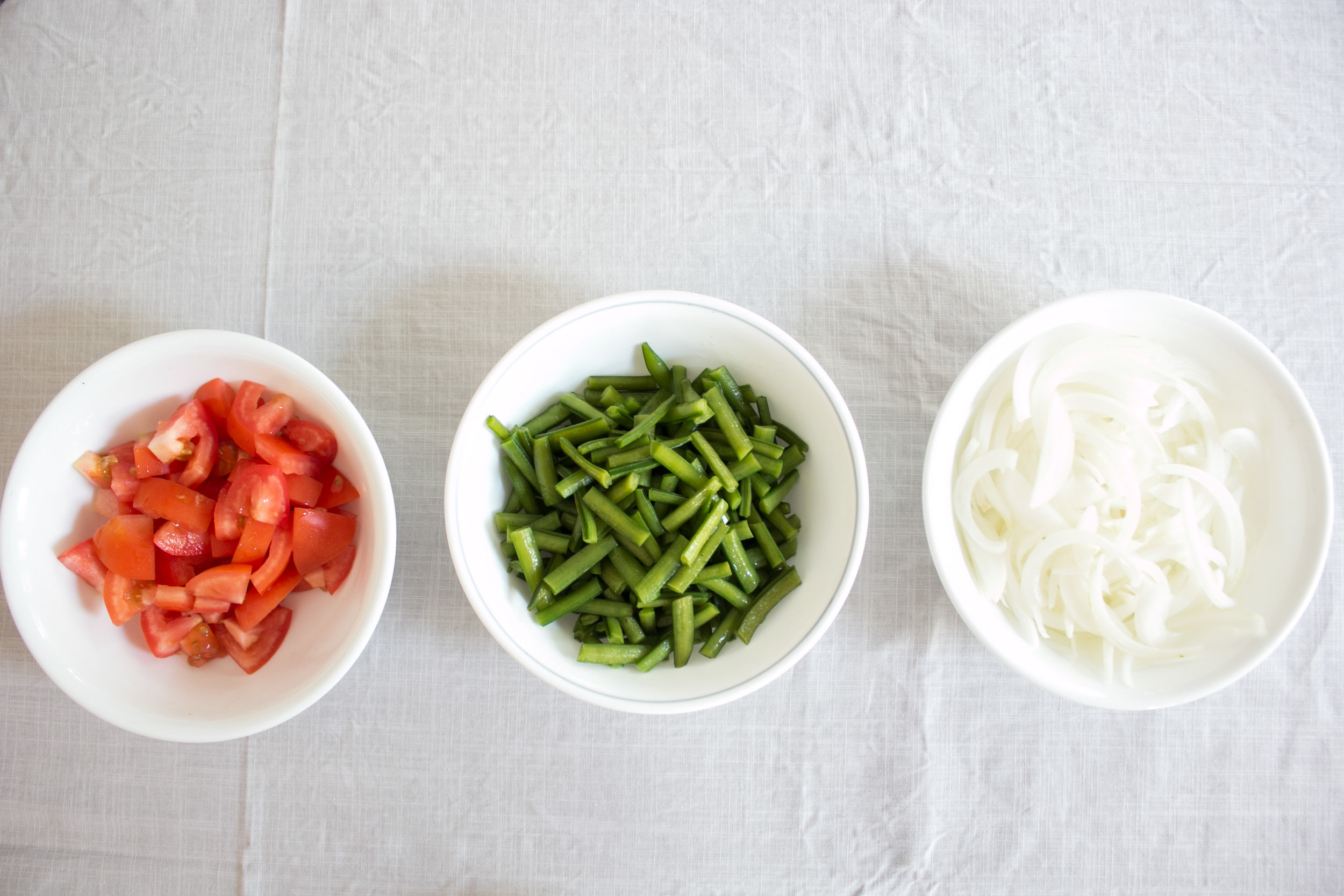
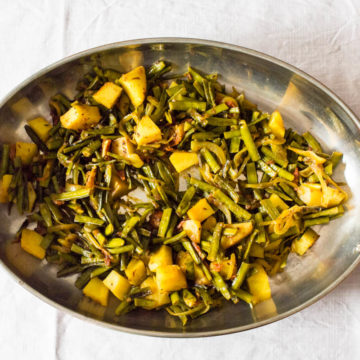
Gawar Sabzi Recipe
Ingredients
- ¼ cup neutral oil canola/sunflower/vegetable
- 1 small yellow or red onion thinly sliced in half rings
- ½ teaspoon cumin seeds
- ½ teaspoon crushed ginger
- ½ teaspoon crushed garlic
- Salt to taste
- ½ teaspoon red chili powder preferably Kashmiri red chili powder
- ½ teaspoon turmeric powder
- 2 roma tomatoes diced
- 12 ounce gawar or any variety of green beans sliced crosswise, roughly 1-inch thick
- 2 large potatoes peeled and diced
Instructions
- Heat oil in a saucepan and add cumin seeds. Fry until aromatic.
- Add onions and sauté on medium heat for 5 to 7 minutes until soft and translucent.
- Lower heat and add crushed ginger and garlic. Fry for 30 seconds or until fragrant.
- Add diced tomatoes, salt and ground spices (turmeric and red chili powder). Increase heat to high and fry until the tomatoes soften, about 5-7 minutes.
- Add chopped green beans and mix well.
- Add the diced potatoes and continue to sauté on high heat for 5-7 minutes.
- Lower heat to medium, cover the pan with a tight fitting lid and let the potatoes steam until ready.
- Remove from heat. Serve with roti or daal chawal.
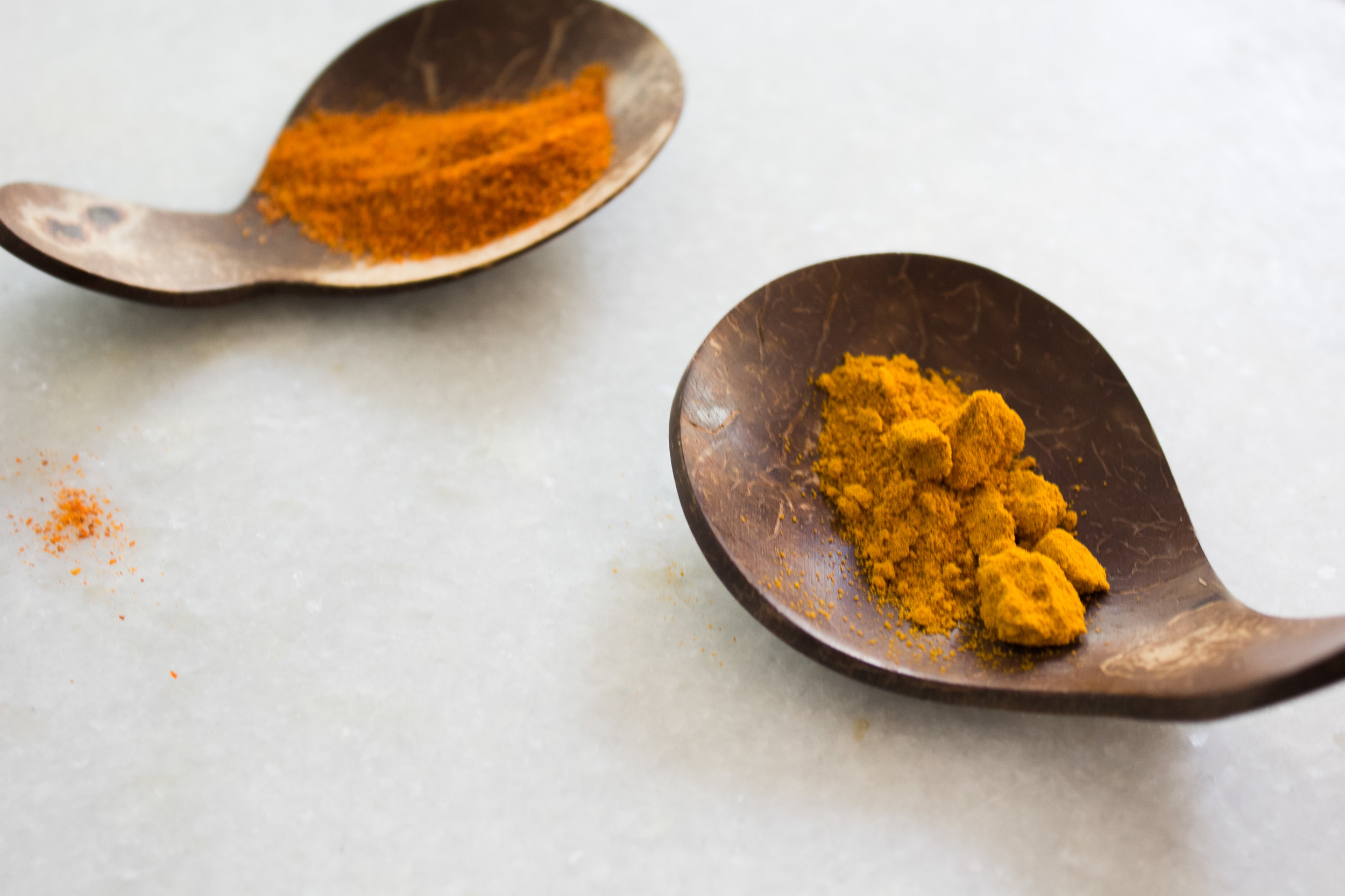
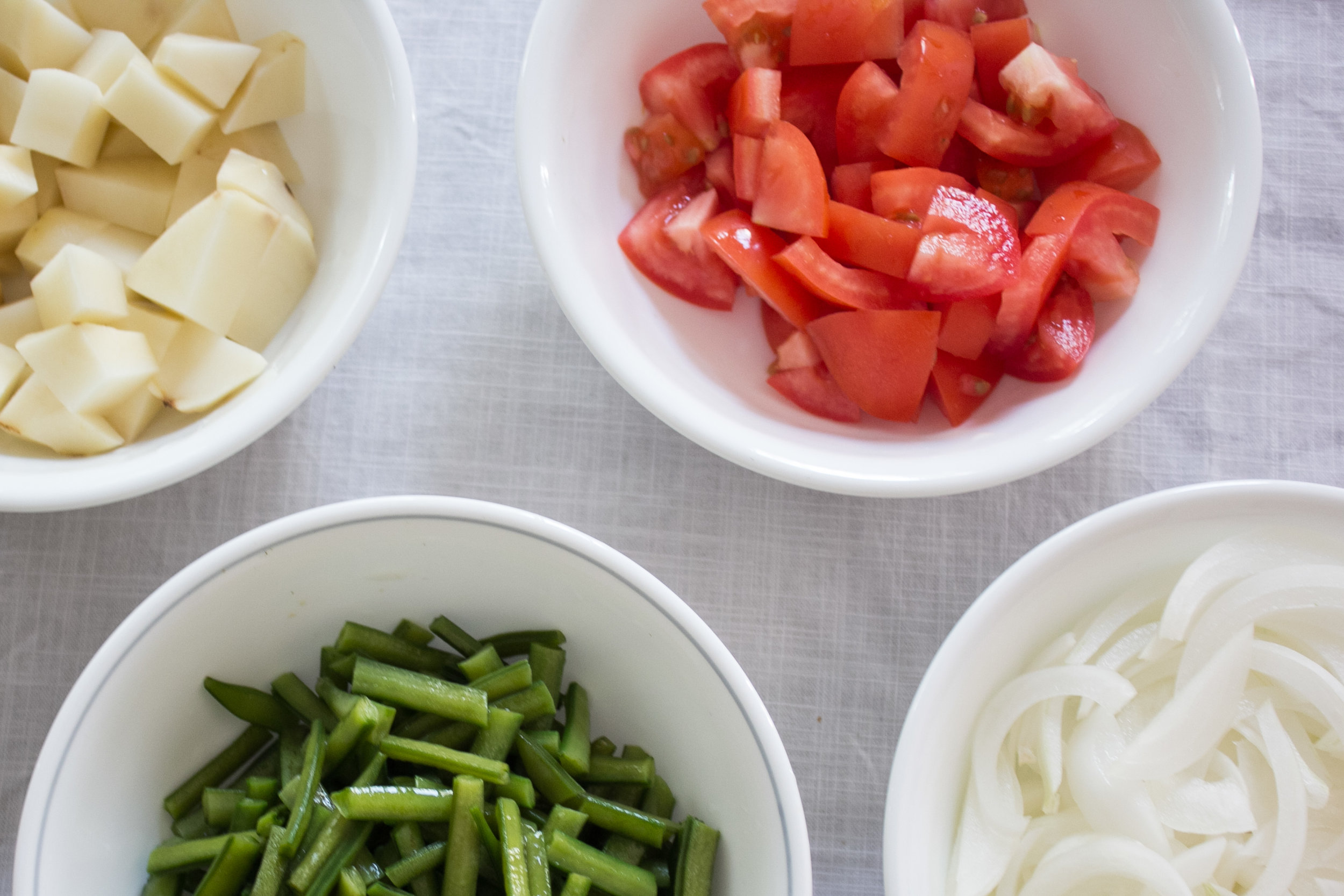

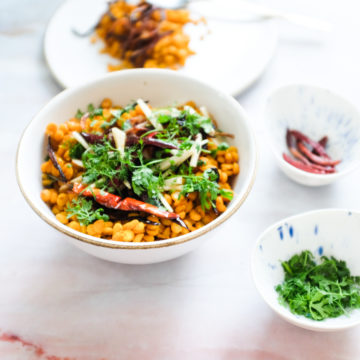
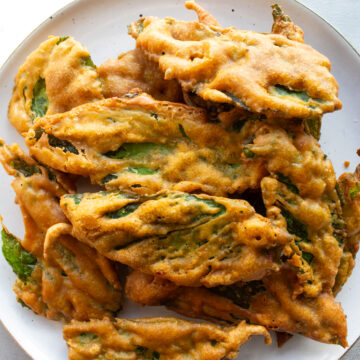
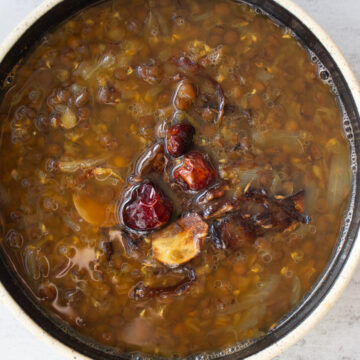
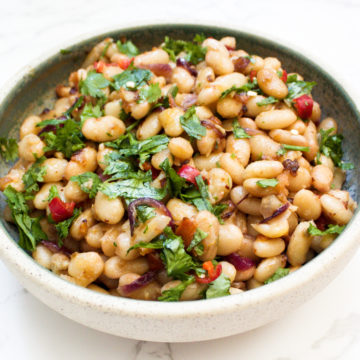
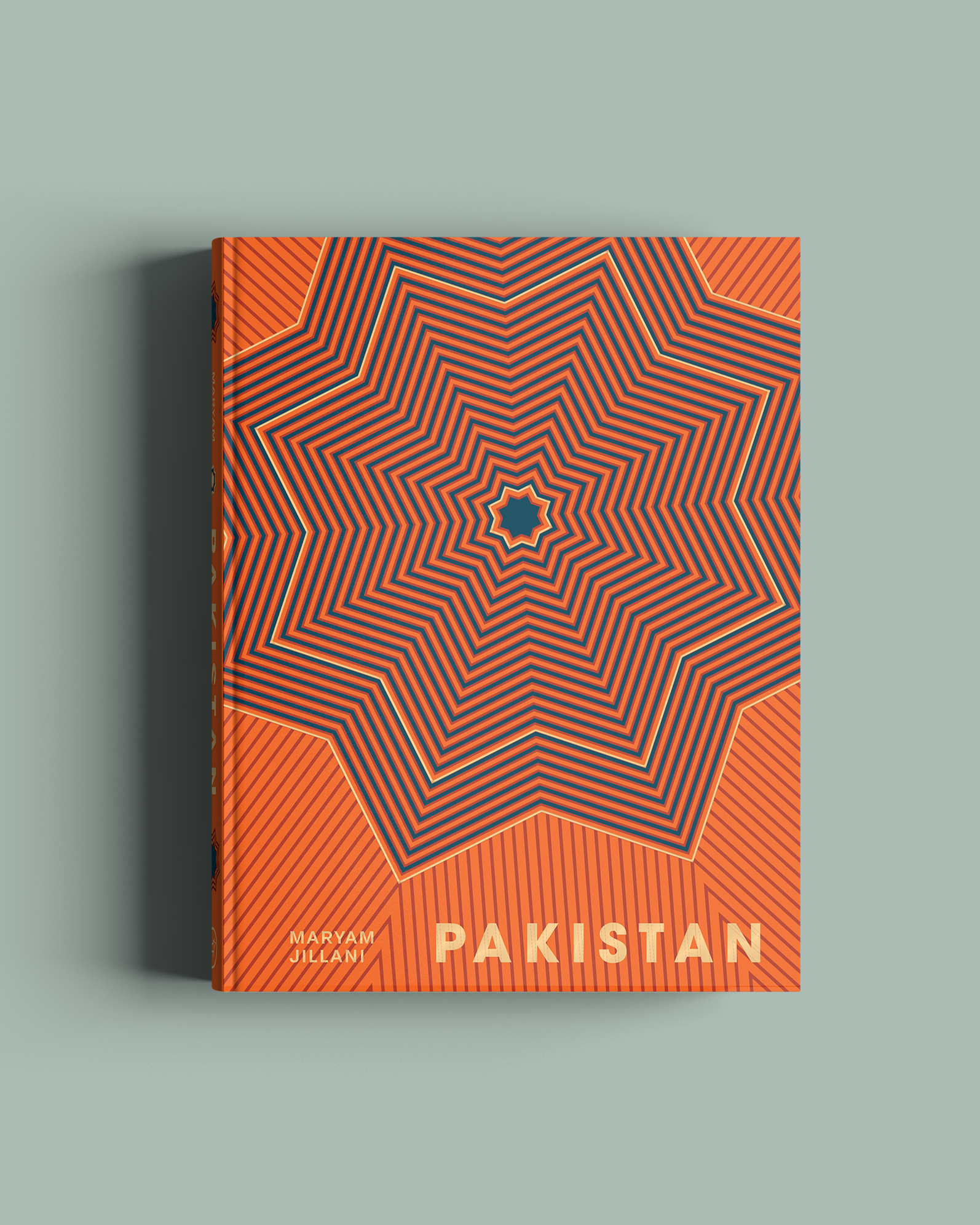
She Curmudgeon says
If gawar isn't an option, would it be OK to substitute more ordinary green beans?
Maryam Jillani says
Of course! Let me know how it turns out. The onion tomato base for this dish is very versatile, and can be used for a variety of vegetables. String beans are just a milder variety, and so the overall flavor of the dish will be different from the recipe featured here.
Janet says
Here in the southeastern US, green beans and potatoes are a natural pair, almost always seasoned with diced onion and often with diced tomato, so adding the Asian spices wasn't much of a stretch. Potatoes, green beans, and tomatoes are all western hemisphere natives, so this recipe from the get go is an Asian adaptation of native American foods. Personally, I think the spices are brilliant and even though not quite the same as using gawar--which I couldn't locate--it was delicious and will be on our table again soon